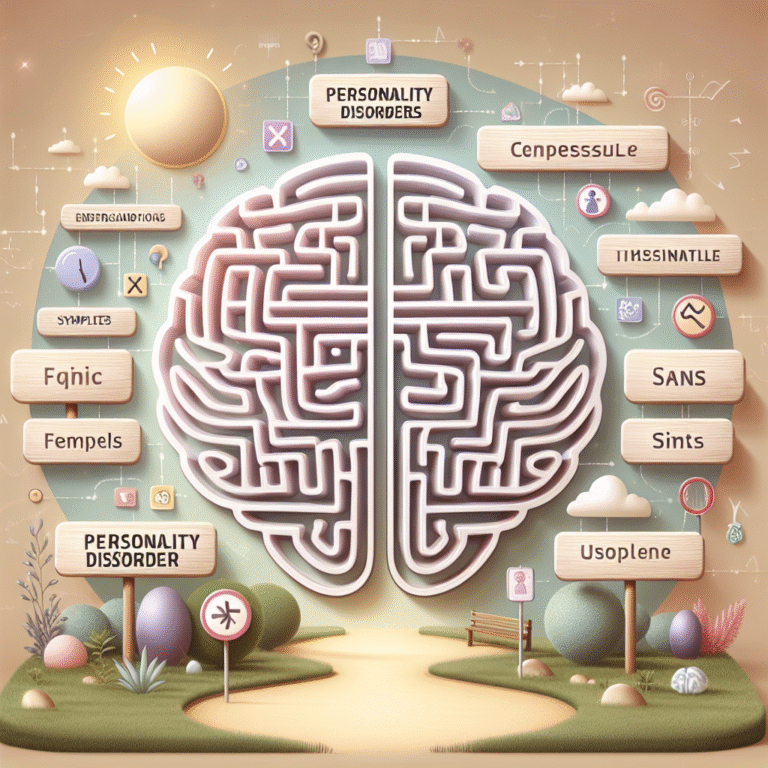From Infancy to Adulthood: The Lasting Impact of Attachment Styles
Introduction
Have you ever wondered why some adults find it easy to form close relationships while others struggle to connect? The answer often lies in the invisible thread of attachment, woven from our earliest interactions. The journey of attachment begins in infancy and sets the stage for emotional experiences throughout life. In this comprehensive exploration, From Infancy to Adulthood: The Lasting Impact of Attachment Styles, we will delve into how these early bonds shape our adult relationships, influence our emotional well-being, and determine our overall life satisfaction.
Understanding Attachment Styles
The Four Main Types
Attachment Theory, introduced by psychologist John Bowlby, identifies four main styles of attachment: secure, anxious, avoidant, and disorganized. Each style is derived from our early interactions with caregivers, influencing future relationships.
-
Secure Attachment: Children feel safe and cared for, enabling them to explore their environment while knowing they can return to a reliable base. Adults with secure attachments generally have healthy, trusting relationships.
-
Anxious Attachment: Anxious children often worry about their caregivers’ availability, leading to clinginess or fear of abandonment. As adults, they may become overly dependent, displaying anxiety in relationships.
-
Avoidant Attachment: These children learn to suppress their emotions due to unresponsive caregivers. Adults may struggle with intimacy, often keeping partners at arm’s length.
- Disorganized Attachment: Often a result of trauma or inconsistent caregiving, these children may exhibit confusing behavior. Adults with disorganized attachments often grapple with emotional dysregulation and fear in relationships.
The Developmental Journey of Attachment Styles
Infancy: The Crucial First Year
In the first year of life, children develop an attachment style primarily influenced by the caregiver—be it a parent, guardian, or a consistent figure. The emotional climate in which a child grows up plays a pivotal role in establishing a foundational sense of security.
- Case Study: A 2019 longitudinal study followed 100 infants from birth to age five. It discovered that those with securely attached parents had better emotional regulation and were more socially adept compared to their insecure counterparts.
Early Childhood: Age 1 to 5
During these formative years, attachment styles begin to crystallize. Children with secure attachments tend to develop better peer relationships and exhibit higher self-esteem and resilience. Conversely, anxious or avoidant children often show challenges in social skills.
- Table: Social Skills Development Based on Attachment Styles
| Attachment Style | Age 3 (Social Skills) | Age 5 (Social Skills) |
|---|---|---|
| Secure | High | High |
| Anxious | Moderate | Low |
| Avoidant | Low | Moderate |
| Disorganized | Low | Low |
Middle Childhood: Age 6 to 12
As children enter school, their attachment styles begin to influence their behaviors and interactions with peers. Securely attached children are typically more confident, while those with anxious or avoidant styles may struggle with friendships.
- Case Study: Research conducted by the University of Minnesota indicated that securely attached children showed greater empathy and social competence in school settings, often resulting in better academic performance and social collaborations.
Transition to Adolescence
During the tumultuous years of adolescence, attachment styles manifest in more complex ways. Teens with secure attachments tend to have healthier romantic relationships and higher self-esteem.
- The Hidden Dangers of Insecure Attachments: Teenagers with anxious or avoidant styles might engage in risky behaviors, reflecting their internal struggles. For instance, a young person with an insecure attachment style may either overcommit to relationships out of fear of abandonment or disengage completely to avoid vulnerability.
Adult Relationships: Love, Intimacy, and Beyond
Secure Attachment in Adulthood
Adults who cultivated secure attachments during childhood generally exhibit healthier relationships, characterized by trust, open communication, and emotional intimacy. These individuals often balance personal needs with their partner’s, fostering mutual growth.
- Expert Insights: Psychologist Dr. Sue Johnson emphasizes that secure attachments contribute to “emotional accessibility,” allowing for deeper connections and resilience in relationships.
The Challenges of Insecure Attachments
Conversely, individuals with insecure attachment styles frequently face difficulties in adult relationships. Anxious individuals may experience constant worry and jealousy, while avoidant individuals may withdraw when emotional connection is needed the most.
- Case Study: A survey of 500 adults revealed that those with insecure attachment styles reported nearly 30% more relationship conflict than their securely attached peers.
Disorganized Attachments and Relationship Outcomes
Adults with a history of disorganized attachment may find themselves in cycles of tumultuous relationships, marked by instability and conflict. They often struggle with addiction or mental health issues, complicating their ability to form stable attachments.
- Research Highlight: A study in the Journal of Marital and Family Therapy notes that individuals with a disorganized attachment style were more likely to enter relationships fraught with unresolved trauma, affecting their partners’ emotional health as well.
The Role of Therapy and Healing
Understanding attachment styles can serve as a catalyst for personal growth and relationship enhancement. Therapeutic interventions, such as Emotionally Focused Therapy (EFT), help individuals unlearn patterns of behavior rooted in their early attachment experiences.
- Success Stories: Many individuals have reported transformative experiences in therapy. For example, Sarah, who identified as having an anxious attachment style, learned coping strategies that enabled her to communicate more effectively with her partner, leading to a healthier relationship dynamic.
Conclusion
From Infancy to Adulthood: The Lasting Impact of Attachment Styles serves as a powerful reminder of how our early experiences shape our emotional landscapes. By identifying our attachment styles, we can embark on a journey toward healing and improvement, fostering healthier relationships not just with others but with ourselves. Remember that it’s never too late to reassess and transform your relationships—an inspiring task that can begin today.
FAQs
-
What are the signs of secure attachment in adults?
- Secure adults demonstrate trust, effective communication, and the ability to engage in vulnerable emotional exchanges.
-
Can attachment styles change over time?
- Yes, through self-awareness, therapy, and healthy relationships, individuals can shift their attachment styles towards a more secure base.
-
How can I identify my attachment style?
- Reflect on your relationship behaviors, fears, and how you respond to intimacy and conflict to help ascertain your attachment style.
-
Are attachment styles inherited?
- While they are influenced by early relationships, environmental factors, life experiences, and personal choices also play significant roles.
- What steps can I take to cultivate a more secure attachment style?
- Engage in therapeutic practices, improve communication skills, build self-esteem, and maintain relationships that promote emotional safety.
In the journey of life, our attachment styles function as a compass—guiding us through the complexities of human connection. It’s essential to understand these styles, empowering us to redefine our relationships and nurture a more fulfilling life path.


















